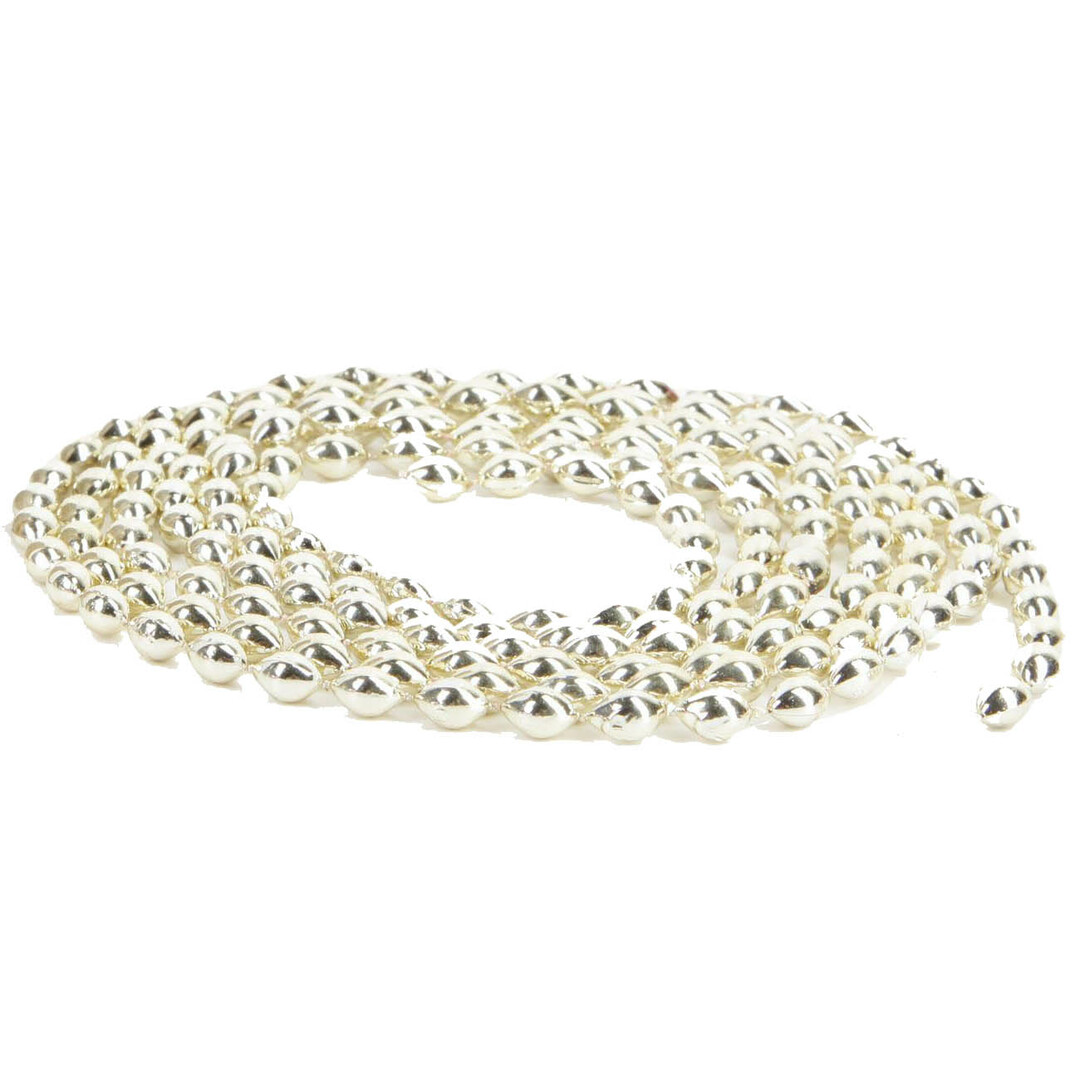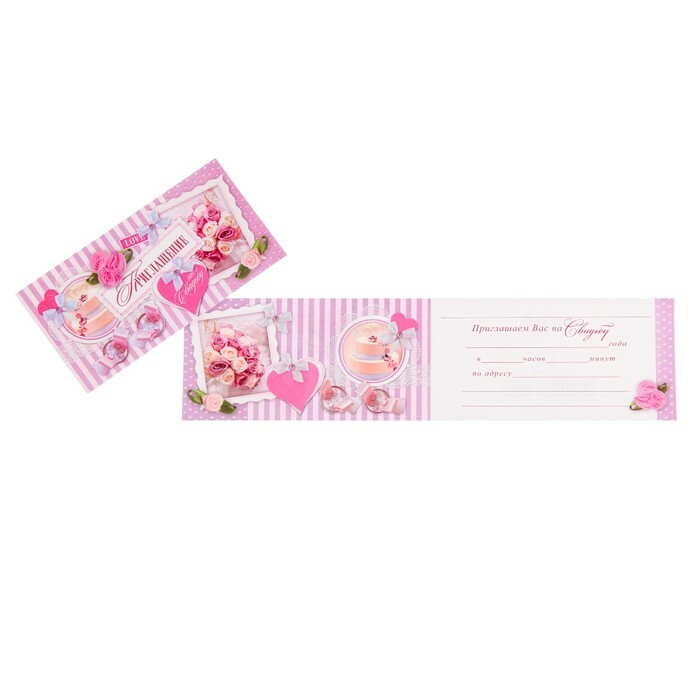textured plaster or draw patterns on the walls - it is usually the work of high-level professionals. Such work requires a lot of effort, so it is worth not just expensive, but very expensive. But the craftsmen are constantly coming up with some kind of life hacking, which can achieve the original result in unexpected ways. Svetlana Krylova of Moscow sent HouseChief edition vivid master class on how to use the old curtains to make an exclusive wall coverings.
Hello my dear craftsmen! I want to join your community and make a contribution to the treasury of ideas. I like to experiment and try something new. I have great interest in studying the materials of the different variants of textured plaster, and I really liked the one experience in which the author used a lacy cloth to form a pattern. Lace I do not have, but there are some old net curtains with a very beautiful pattern. I use them at home for the decoration of the walls, and individually prepared for you a master class with a detailed description.
Option 1: the easiest to obtain a clear pattern
The most important thing in this business - quality training grounds. On uneven walls achieve a good result it is very difficult. So, if your intention is to repair - do not spare the time for preparatory work.







Very good in the old "Soviet" tulle with a clear and voluminous drawing. After use, while water-soluble paint is still wet, rinse and tulle can be used for this purpose again.
Option 2: the imitation of noble antiquity
If your wall is not quite perfect, and you do not want to get a clear picture, we can imitate noble old days, when the figure barely seen and looks like its 100 years.







Thereafter, it is possible lissirovat wall acrylic lacquer, slightly stressing the result.
What happens as a result of: lacy plaster
So, using the same tulle you can get two results:


I hope that my small workshop useful to someone. Thank you very much for your attention!
We thank Svetlana for a great story and informative illustrations. Using a tissue to create patterns on the walls - a technique that is rapidly gaining popularity. In this case, it acts as a tulle stencilWhich partially transmits paint or plaster.
In addition to the theme, we offer you a small video of the renovation of wooden arbors in this technique:
If you've tried this technique or intend to apply it, you write about it in the comments or share your experience! And we are waiting for your pictures and descriptions in the category "not a woman's business." The best materials are required to be published!
Photo: Svetlana Krylova


